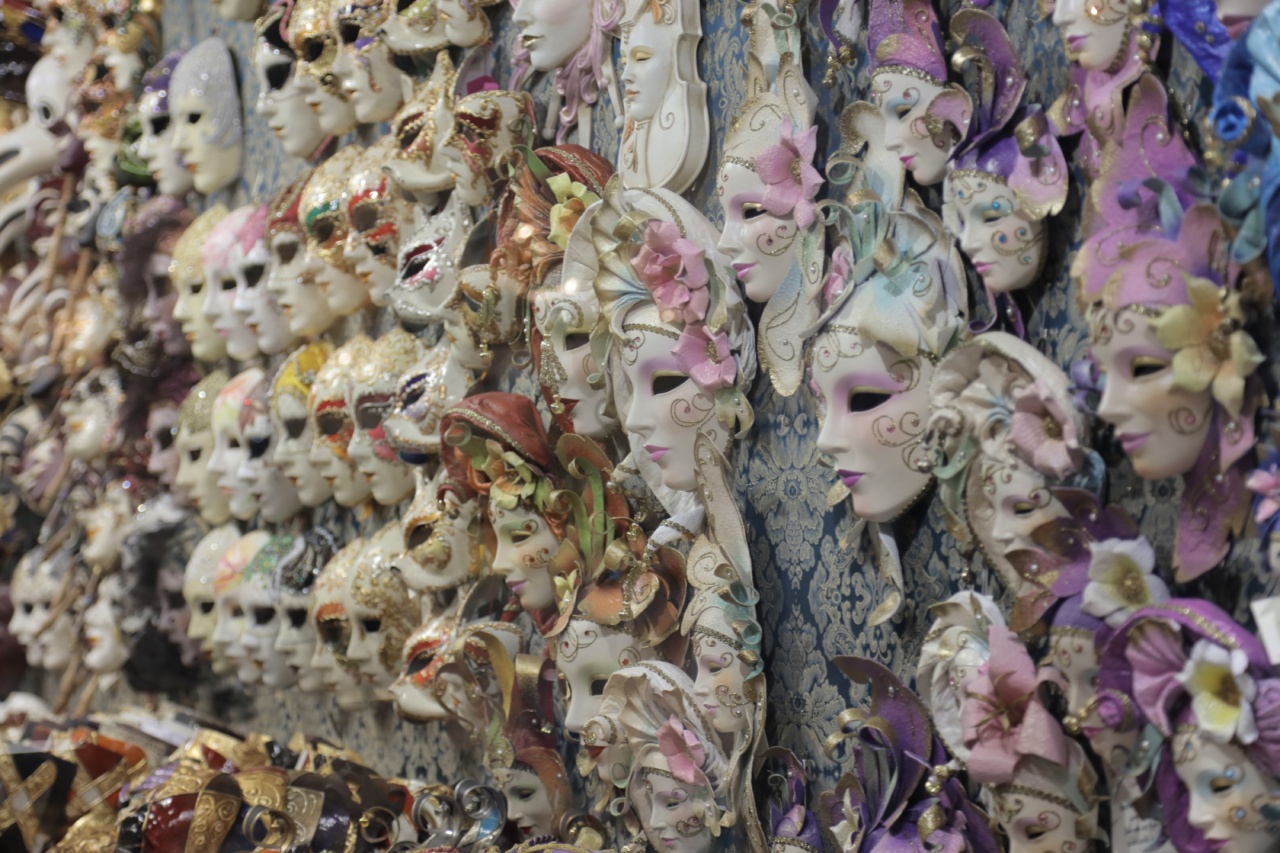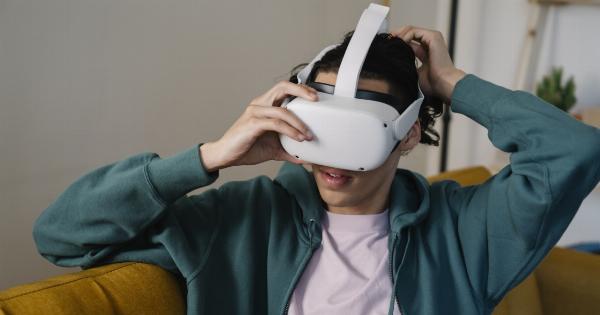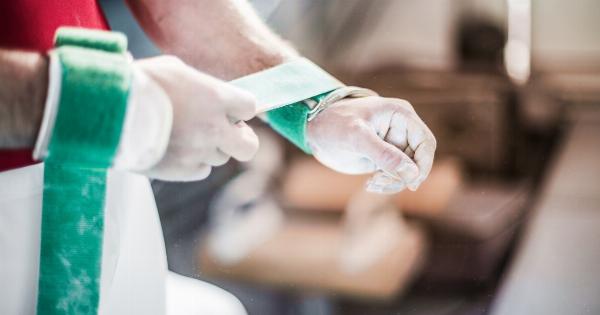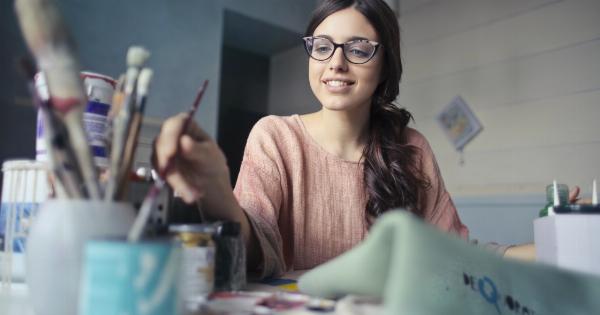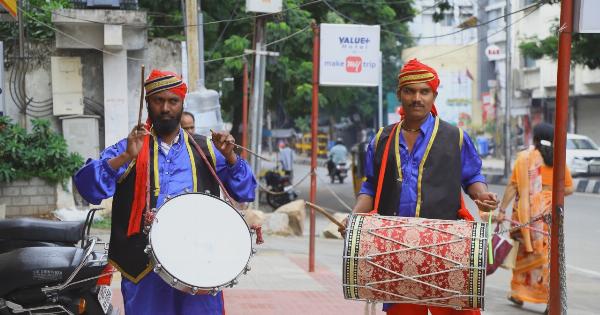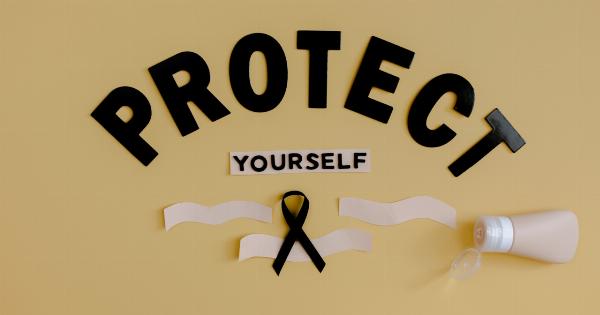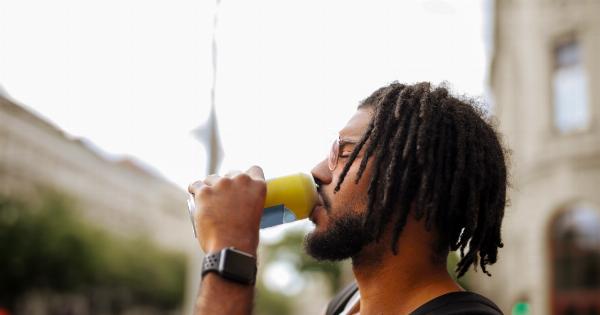Video coloring is a process where visual enhancements are applied to a video to enhance its appearance and overall quality.
This can involve adjusting the colors, contrast, saturation, or other visual attributes to create a desired aesthetic or to correct any abnormalities in the original footage. There are different video coloring methods available, each with its own strengths and weaknesses. In this article, we will compare and contrast some of these methods.
1. Manual Color Grading
Manual color grading is a traditional method where a video editor manually adjusts the colors and other visual attributes of a video.
This method provides a high level of control and customization, as the editor can fine-tune every aspect of the video’s color. However, it is a time-consuming process and requires a skilled editor with a good eye for colors.
2. Color Lookup Tables (LUTs)
Color lookup tables (LUTs) are pre-defined color profiles that can be applied to a video to achieve a specific look or style. LUTs are created using professional color grading software and can be easily applied to videos.
This method is popular because it offers a quick and efficient way to apply consistent color grading across multiple videos. However, the options for customization may be limited compared to manual color grading.
3. Automatic Color Correction
Automatic color correction uses algorithms and machine learning to analyze the colors in a video and automatically adjust them to create a balanced and visually pleasing result.
This method is useful for quickly correcting color imbalances or irregularities in a video. However, the results may not always be as accurate or desired, especially in complex footage with multiple lighting conditions.
4. HDR (High Dynamic Range) Color Grading
HDR color grading is a technique that enhances the dynamic range of a video, resulting in improved contrast and color reproduction. It is particularly useful for scenes with a wide range of light and shadow.
HDR color grading is often used in movies and high-quality productions to create a more immersive and visually striking experience. However, it requires specialized hardware and software, and not all devices and platforms support HDR playback.
5. Film Emulation
Film emulation is a video coloring method that aims to mimic the look and feel of specific film stocks.
By applying the characteristic color profiles and grain patterns of films, this method can recreate the nostalgic or artistic qualities associated with traditional film. Film emulation is widely used in the entertainment industry to create different moods and aesthetics in videos. However, it may not be suitable for all types of videos, and the choice of film stock can significantly affect the final result.
6. AI-Powered Color Enhancement
AI-powered color enhancement utilizes advanced artificial intelligence algorithms to analyze and improve the colors in a video. This method can automatically adjust colors, enhance details, and improve overall visual quality.
It is particularly effective in low-quality or poorly-lit footage. AI-powered color enhancement is gaining popularity due to its ability to quickly enhance videos without requiring extensive manual editing. However, fine-tuning the results may still require human intervention.
7. Selective Color Manipulation
Selective color manipulation allows video editors to selectively adjust the colors of specific objects or regions in a video.
This method is commonly used in music videos or advertisements to highlight particular elements or to create a desired visual impact. Selective color manipulation requires precise editing skills to achieve the desired result without creating any unnatural artifacts. It can be time-consuming, but the outcome can be visually stunning.
8. Real-Time Color Grading
Real-time color grading is a method that allows video editors to adjust the colors of a video while it is being played back in real-time.
This is particularly useful in live broadcasting or video streaming scenarios where immediate adjustments are required. Real-time color grading often relies on specialized hardware and software that can process and display the video with minimal delay. However, the options for customization and fine-tuning may be limited compared to offline color grading methods.
9. Motion Tracking Color Correction
Motion tracking color correction is a technique where color adjustments are applied to specific objects or regions in a video based on their movement.
By tracking the movement of these elements, color corrections can be automatically applied to ensure consistent color appearance even when objects are moving. This method is commonly used in sports or action videos where fast-moving objects require dynamic color adjustments. Motion tracking color correction often requires specialized software and hardware for accurate tracking and fast processing.
10. Preset Color Grading
Preset color grading involves using pre-defined color presets or styles to quickly apply a specific look or mood to a video. These presets are created by professionals and can be easily applied to videos.
Preset color grading is popular among beginner video editors or those who want to achieve a certain visual style without extensive manual adjustments. However, the level of customization may be limited, and the same presets may be used by many others, reducing the uniqueness of the video.
